The AMFF mourns the passing of flats-fishing pioneer Captain Bill Curtis (1925–2016). Growing up in Hangnail, Oklahoma, Curtis was introduced to fly fishing when, as a nine-year-old, he received a fly rod from his uncle. After competing for a time in rodeos (the foreman at the ranch in Oklahoma was a world-champion trick roper and took the young boy under his wing), he joined the Air Force at the dawn of World War II and learned how to fly. Although there were a few close calls, including one instance when his training flight caught fire and he had to bail out, Curtis continued to fly photo airships and shoot aerophotography. After the war, he transitioned into commercial photography, working with the Cuban Tourist Commission and the Ford Motor Company. He came to Miami in 1948 and discovered a huge tarpon population in Florida, which prompted him to put down roots. Already realizing the effects of pollutants like fertilizer on the Florida environment, he started collecting samples of baby tarpon in 1950 with Richard Wade, a marine biologist at the University of Miami. He started guiding in 1955, learning his trade from the first Florida guides and using that knowledge to put clients like Ted Williams onto record permit, bonefish, sailfish, tarpon, and snook. If it swam in Florida, Bill would find it. One of his most important trips took place in 1960, when he guided Interior Secretary Stuart Udall and Commerce Secretary Luther Hodges in Biscayne Bay. These fishing trips led to the formation of Biscayne National Park and the halt to what would have been disastrous development and devastation of South Bay. As a guide, Curtis saw the negative effects on the Florida environment each day that he launched his boat and recognized the need to preserve it.
In addition to his “Curtis Connection” knot (he was a skilled marine knot tier) and the numerous fly patterns and innovations that he contributed to the boating and tackle industries, Bill Curtis will probably be best known for his invention of the poling platform, the first of which was installed on a Hewes Bonefisher in 1975. While other guides chided him for creating a “cleaning deck,” history has given Curtis the last laugh, as his platform is a staple of any flats boat these days. He explains it in the AMFF video embedded below in this post.
Bill Curtis was a legend in his own time. The word legend gets thrown around a lot these days, but in his case, he earned it. Earned it from stepping into the forefront of the Florida Keys fishing boom as one of its greatest innovators. Earned it from years of guiding clients to record fish. Earned it from his tireless efforts in conservation, including being a founding member of the Bonefish & Tarpon Trust. His many contributions have made an indelible mark on the sport of fly fishing, and he will be dearly missed.
Legends of the Salt
Captain Bill Curtis discusses his poling platform innovation in a 2012 video by the AMFF.
1 Comment
Add comment Cancel reply
You must be logged in to post a comment.



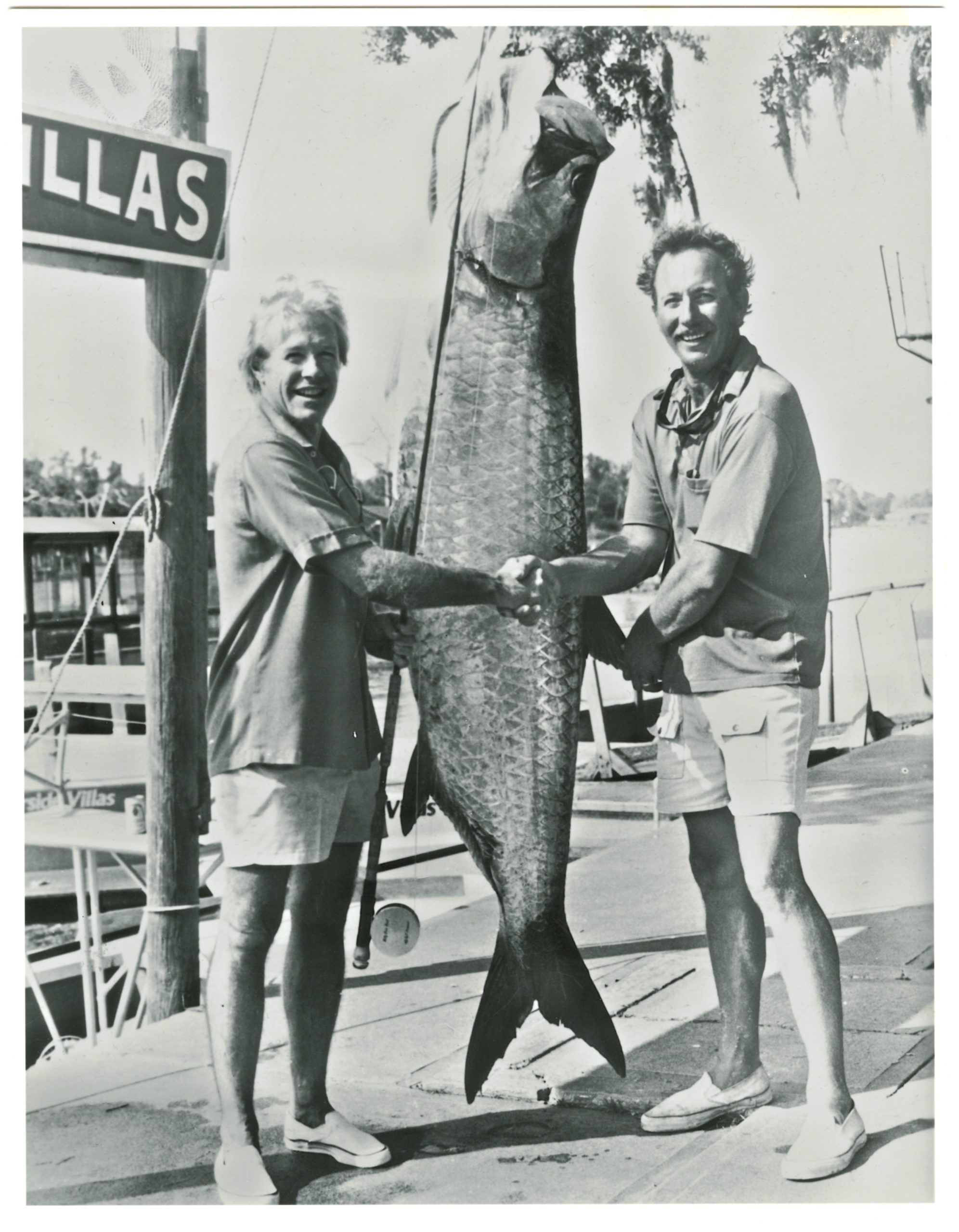
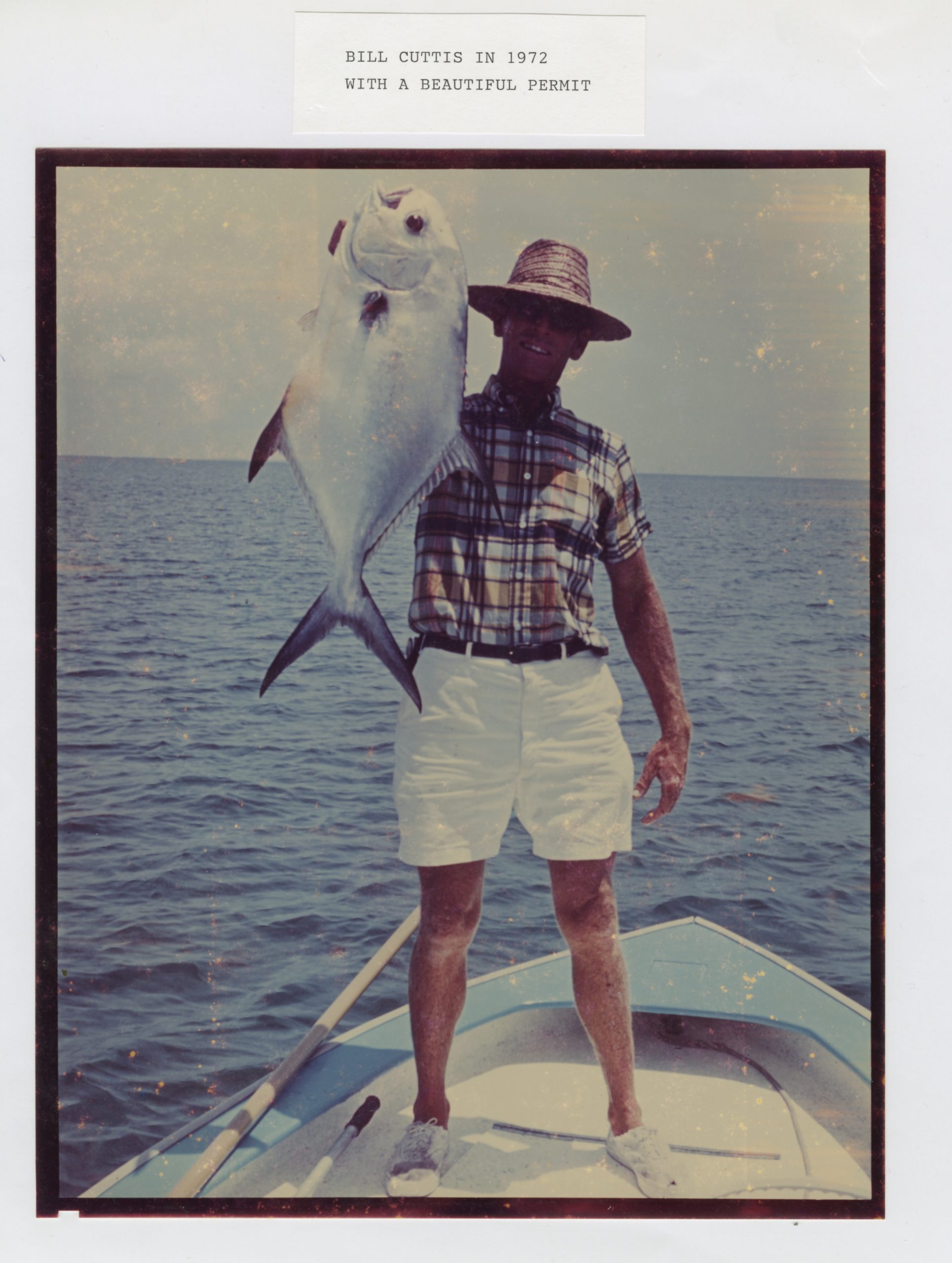
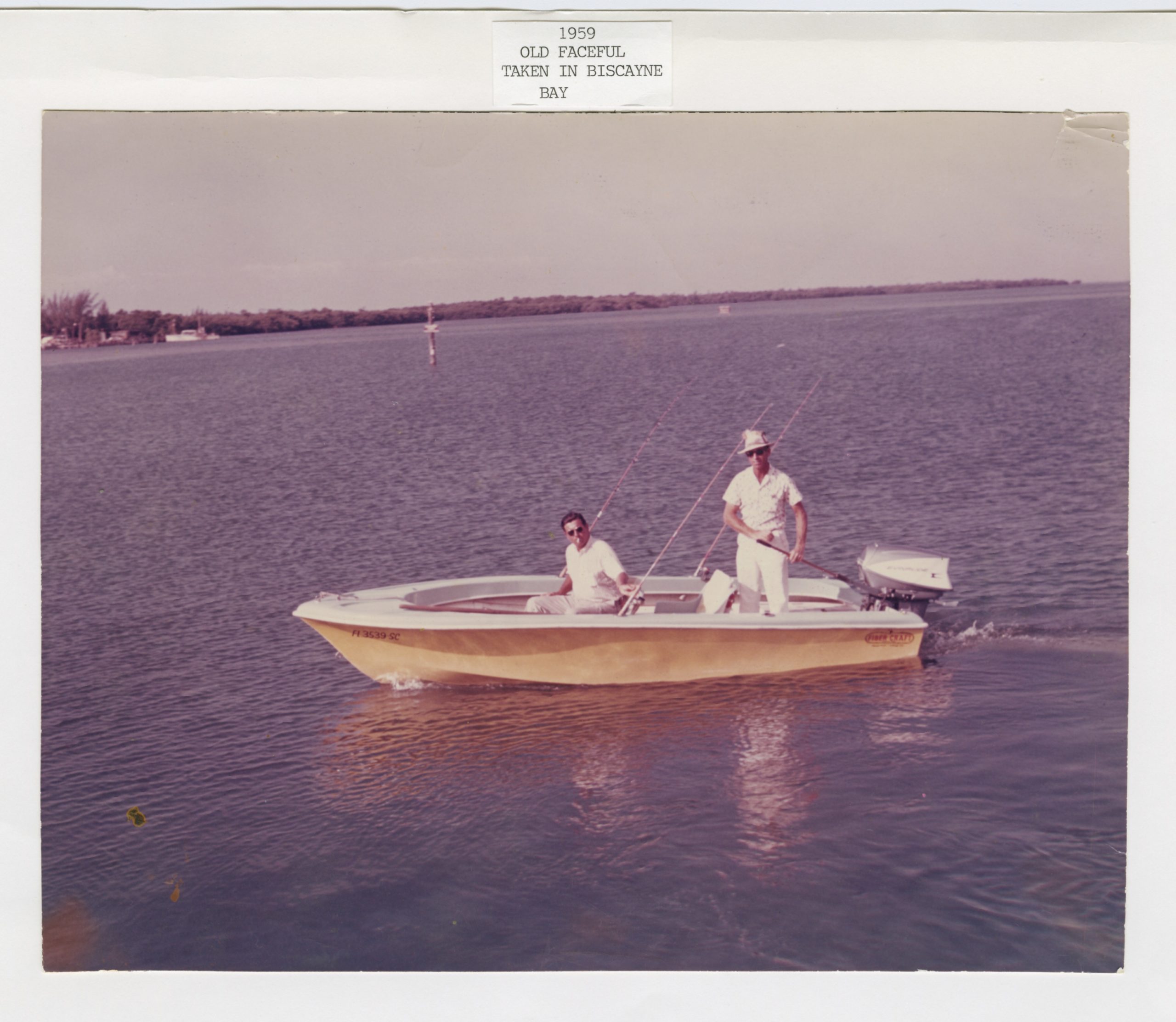


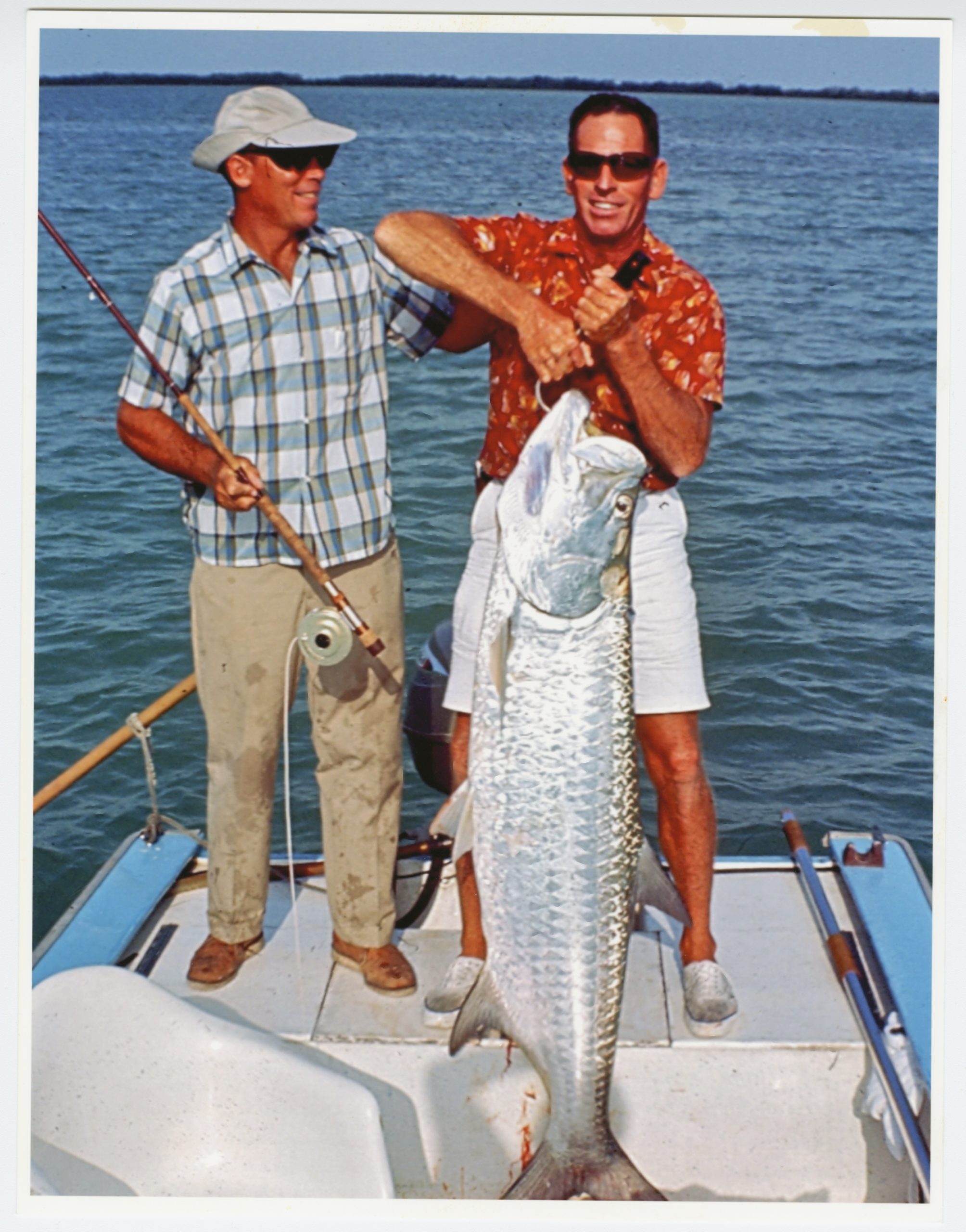



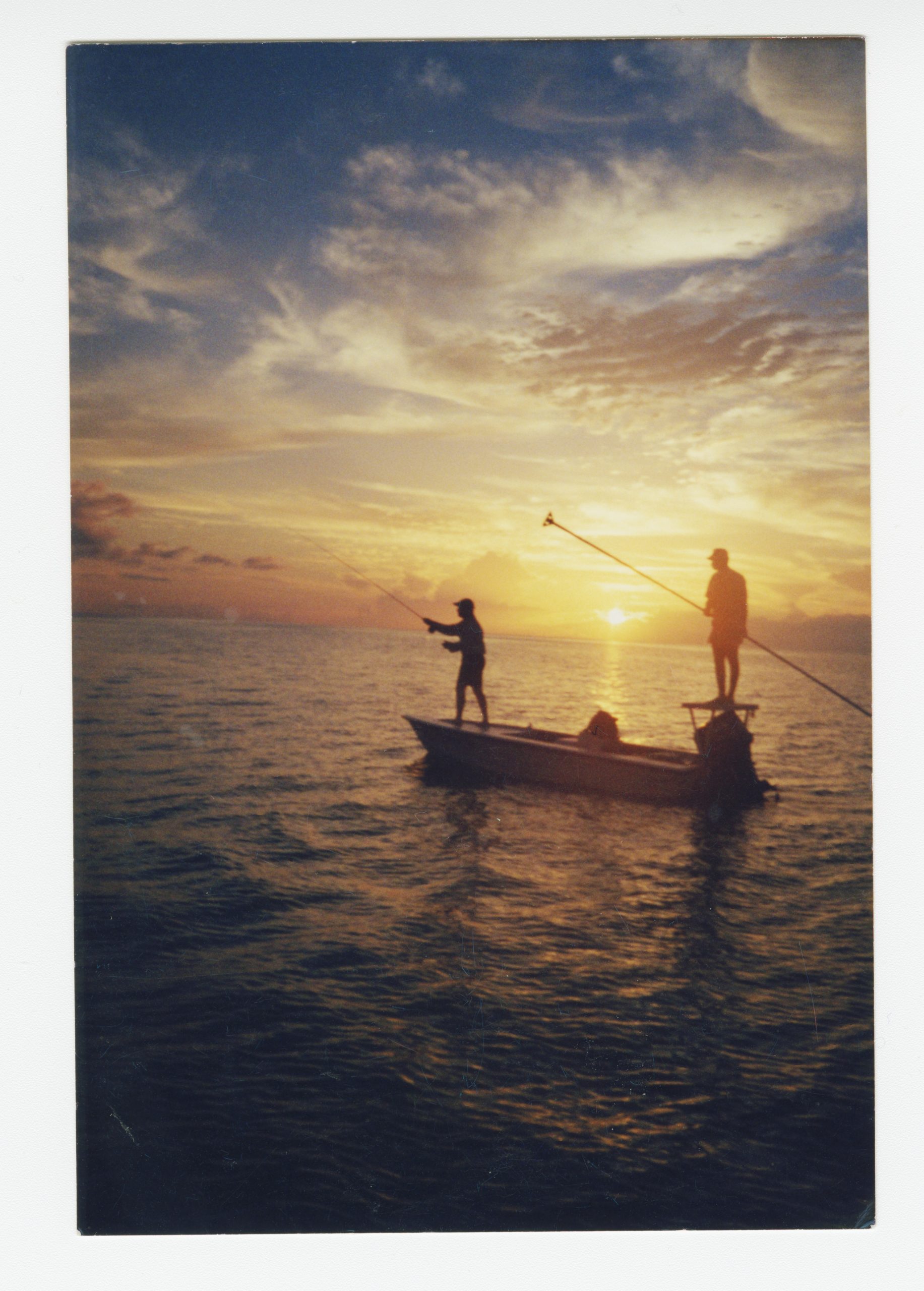
Condolence. May he rest in peace.
huntfishsport.com